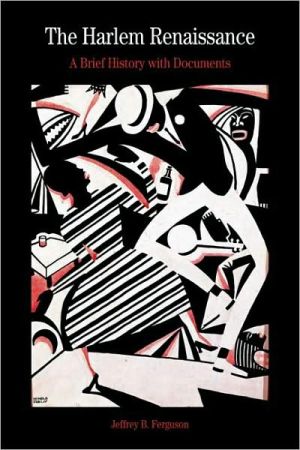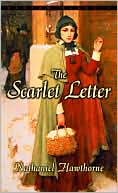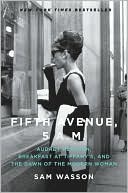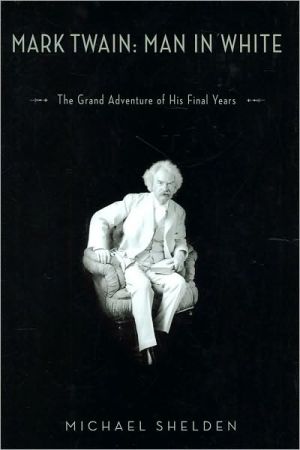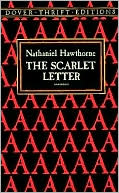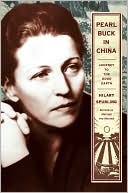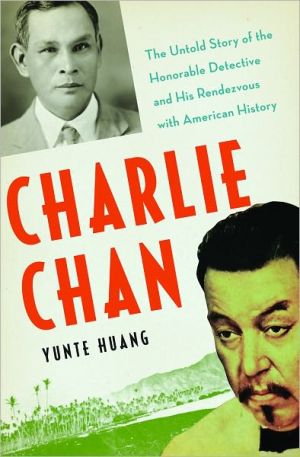Harlem Renaissance: A Brief History with Documents
The Harlem Renaissance -- the unprecedented artistic outpouring centered in 1920s and 1930s Harlem -- comes down to us today, says Jeffrey B. Ferguson, as a braiding of history, memory, and myth. To analyze the movement's contents and meaning, Ferguson presents its signature works and lesser known pieces in a framework that allows students to examine the issues its writers and artists faced. Political theorists and civil rights activists, as well as poets, artists, musicians, and novelists,...
Search in google:
The Harlem Renaissance -- the unprecedented artistic outpouring centered in 1920s and 1930s Harlem -- comes down to us today, says Jeffrey B. Ferguson, as a braiding of history, memory, and myth. To analyze the movement's contents and meaning, Ferguson presents its signature works and lesser known pieces in a framework that allows students to examine the issues its writers and artists faced. Political theorists and civil rights activists, as well as poets, artists, musicians, and novelists, explore the character of the so-called New Negro, the influence of African and Southern heritage, the implications of skin color and race and gender, and the question of whether black artistic expression should be directed toward the black freedom struggle. Ferguson's thought-provoking introduction provides the broad background for the Harlem Renaissance and a frank assessment of its significance. A glossary of key individuals and journals, document headnotes and annotations, a chronology, questions for consideration, and a selected bibliography help students understand the context of this artistic outpouring and investigate its themes.
Table of Contents Foreword Preface List of Illustrations PART ONE Introduction: The Harlem Renaissance as History, Memory, and MythThe New NegroHarlem Real and ImaginedBeginnings of the Harlem RenaissanceThemes in Black IdentityControversies over Art and PoliticsThe Harlem Renaissance: Vogue or Watershed?Major Harlem Renaissance Figures and PublicationsPART TWO The DocumentsBackground and Beginnings1. W.E.B. Du Bois, Returning Soldiers, May 19192. A. Philip Randolph and Chandler Owen, The New Negro — What Is He? August 19203. Marcus Garvey, Speech to the Second International Convention of Negroes, August 14, 19214. James Weldon Johnson, Black Manhattan, 19305. Helene Johnson, Sonnet to a Negro in Harlem, 19276. Claude McKay, Harlem Shadows and The Liberator, 1922The Harlem DancerHarlem ShadowsIf We Must DieAmericaThe White House7. Jean Toomer, Cane, 1923KarinthaReapersNovember Cotton FlowerBecky8. Countee Cullen, Color, 1925, and Copper Sun, 1927To John Keats, Poet. At Spring Time Yet Do I MarvelFrom the Dark TowerHarlem Wine9. Langston Hughes, The Weary Blues, 1926The Negro Speaks of RiversThe Weary BluesDream VariationHarlem NightclubEpilogue: I, Too, Sing America10. Opportunity, The Debut of the Younger School of Negro Writers, including Gwendolyn Bennett, To Usward, May 192411. Alain Locke, Editor, The Survey Graphic, Harlem Issue, March 1925Winold Reiss, coverAlain Locke, Harlem12. Alain Locke, ed., The New Negro, 19252. Themes in Black Identity13. Claude McKay, A Long Way from Home, 193714. Langston Hughes, Fine Clothes to the Jew, 1927Jazz Band in a Parisian Cabaret Song for a Dark Girl15. Countée Cullen, Hentage, 192516. Gwendolyn Bennett, Heritage, 192317. Richard Bruce Nugent, Sahdji, 1925Aaron Douglas, illustration18. Zora Neale Hurston, Mules and Men, 193519. Sterling Brown, Southern Road, 1932Odyssey of Big BoySouthern RoadMa RaineyStrong Men20. Ma Rainey, See See Rider, 192421. Bessie Smith, Young Woman’s Blues, 192622. Joel A. Rogers, Jazz at Home, 192523. Nella Larsen, Passing, 192924. Jessie Fauset, Plum Bun, 192925. Nella Larsen, Quicksand, 192826. Georgia Douglass Johnson, The Heart of a Woman, 191827. Anne Spencer, Lady, Lady, 1925, and Letter to My Sister,19283. Controversies in Art and Politics28. George S. Schuyler, The Negro Art-Hokum, 192629. Langston Hughes, The Negro Artist and the Racial Mountain, 192630. Wallace Thurman, Editor, Fire!!, 1926Aaron Douglas, Cover ArtWallace Thurman, Cordelia the Crude31. W.E.B. Du Bois, Criteria of Negro Art, 192632. Alain Locke, Art or Propaganda, 192833. Richard Wright, Blueprint for Negro Writing, 193734. Zora Neale Hurston, Their Eyes Were Watching God, 193735. Alain Locke, The Negro: "New" or "Newer"?AppendixesA Brief Chronology of the Harlem Renaissance (1914–1939)Questions for ConsiderationSelected BibliographyIndex
